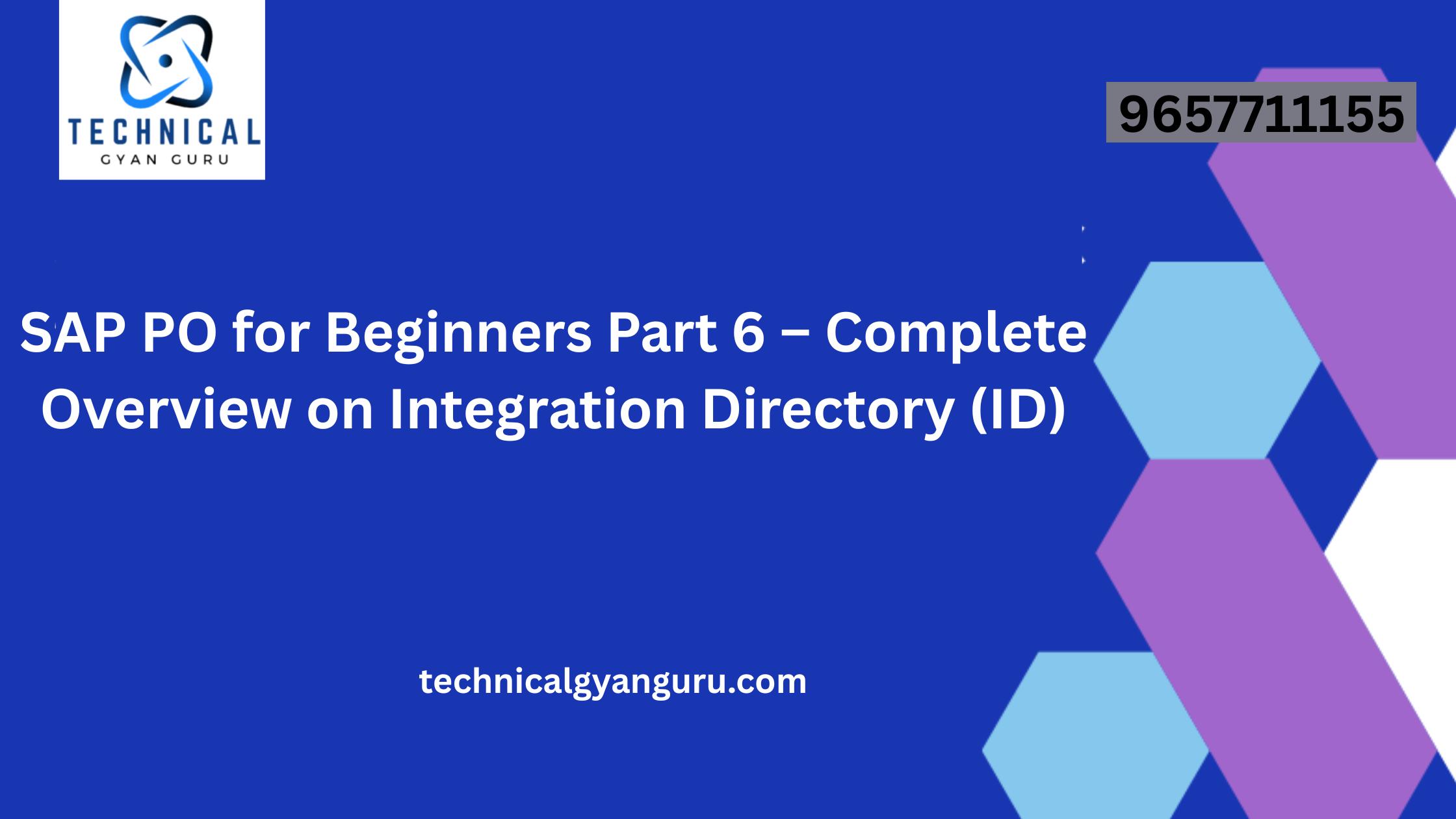Introduction: Master Data in SAP MM
Master Data in SAP MM: In the intricate tapestry of SAP MM (Material Management), the efficient management of master data emerges as a cornerstone for seamless operations. Master data, comprising key information about materials, vendors, and other essential elements, is the lifeblood of the SAP MM module. This blog post delves into the significance of master data in SAP MM, exploring its various components and the pivotal role it plays in optimizing procurement and inventory processes.
Understanding Master Data in SAP MM:
Master data in SAP MM encompasses critical information that remains relatively stable over time and serves as the foundation for transactional processes. The primary master data categories in SAP MM include:
- Material Master Data:
- At the heart of SAP MM, the Material Master Data consolidates comprehensive information about materials used in production, procurement, and inventory management. This includes details such as material type, description, unit of measure, and procurement details.
- Vendor Master Data:
- Vendor Master Data contains vital information about suppliers and vendors. It includes contact details, payment terms, delivery terms, and other crucial information necessary for procurement processes.
- Purchase Info Record:
- The Purchase Info Record links specific materials to a particular vendor, detailing conditions and terms for procurement. This information streamlines the purchasing process and ensures consistency in transactions.
- Source List:
- The Source List in SAP MM identifies approved sources of supply for materials. It plays a critical role in procurement planning, helping organizations maintain relationships with reliable vendors.
- Quota Arrangement:
- Quota Arrangement is particularly relevant for organizations dealing with multiple vendors for the same material. It defines the share or percentage of the total quantity that each vendor is responsible for supplying.
Significance of Master Data in SAP MM:
- Efficient Procurement Processes:
- Accurate and well-maintained master data ensures the smooth initiation of procurement processes. This includes creating purchase requisitions, purchase orders, and streamlining the goods receipt process.
- Inventory Accuracy:
- Material Master Data is integral to maintaining precise inventory levels. It provides real-time insights into stock quantities, locations, and valuation, facilitating effective inventory management.
- Vendor Relationship Management:
- Vendor Master Data and related records enable organizations to manage and nurture relationships with suppliers. This, in turn, enhances collaboration and ensures a stable supply chain.
- Cost Control:
- Purchase Info Records and Source Lists contribute to cost control by establishing standardized terms and conditions for procurement. This helps in negotiating favorable terms with vendors and controlling overall procurement costs.
- Strategic Decision-Making:
- Accurate and up-to-date master data empowers organizations to make informed and strategic decisions. Whether it’s selecting vendors, optimizing inventory levels, or negotiating contracts, master data plays a pivotal role.
Best Practices for Master Data Management in SAP MM:
- Regular Updates:
- Ensure that master data is regularly updated to reflect changes in vendors, materials, or other relevant information.
- Data Quality Assurance:
- Implement robust data quality checks to maintain accuracy and consistency across all master data records.
- Integration with Other Modules:
- Ensure seamless integration with other SAP modules, such as Finance (FI) and Sales and Distribution (SD), for a unified and accurate view of organizational data.
- Data Governance:
- Establish clear data governance policies and processes to enforce data standards and maintain data integrity.
Conclusion:
In conclusion, mastering SAP MM involves a keen focus on master data management. The accurate representation of materials, vendors, and related information forms the bedrock of efficient procurement and inventory processes. As organizations navigate the complexities of modern supply chains, harnessing the power of master data in SAP MM becomes not just a necessity but a strategic imperative. By adopting best practices and leveraging the capabilities of SAP MM’s master data management, businesses can pave the way for enhanced operational efficiency, cost savings, and sustainable growth in an ever-evolving business landscape.







